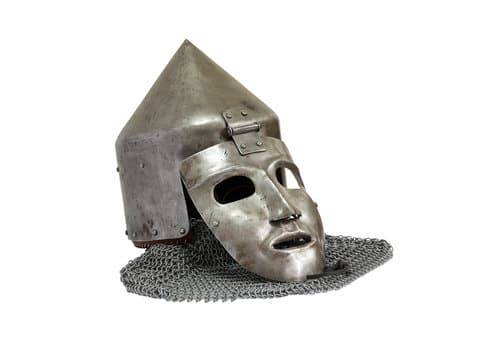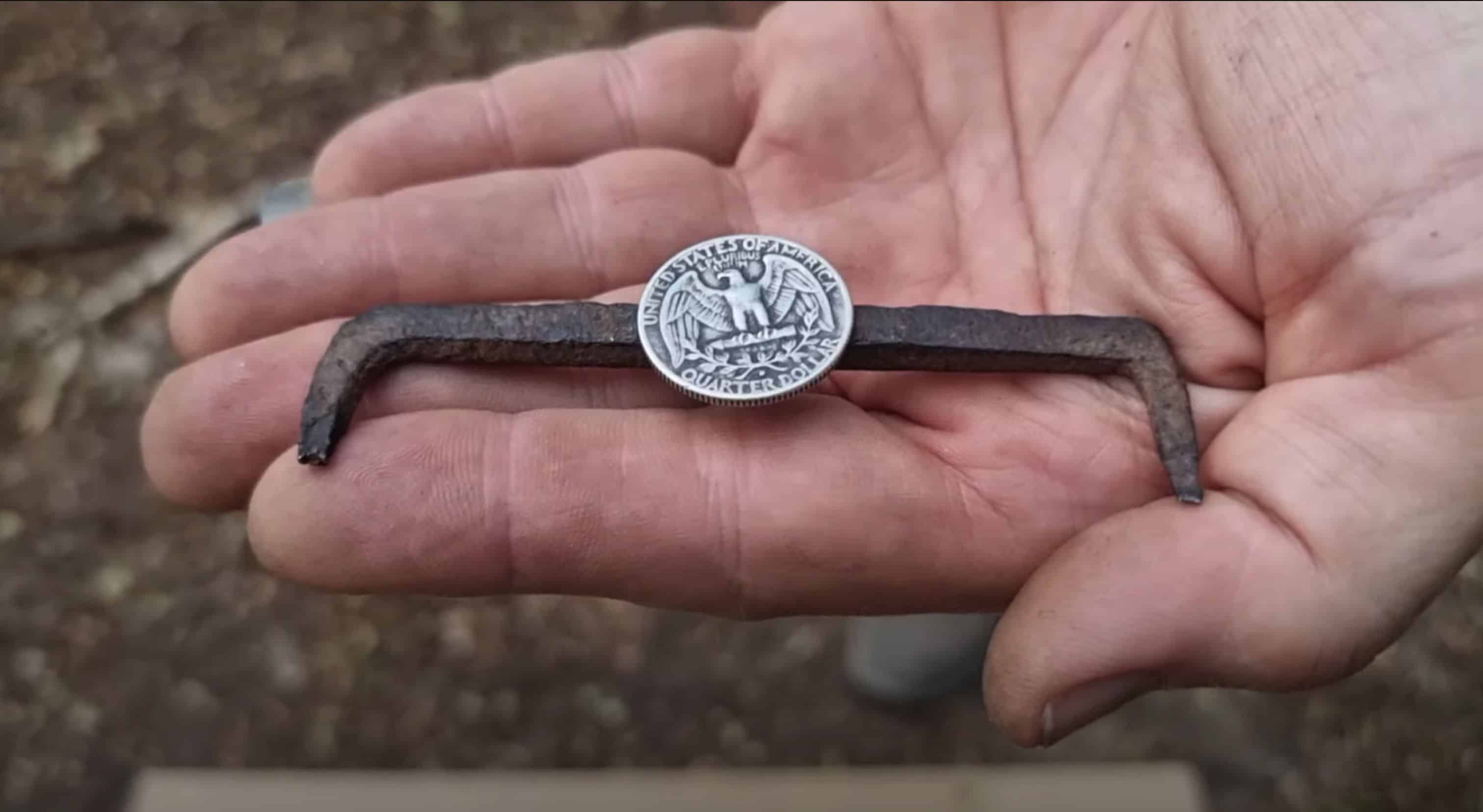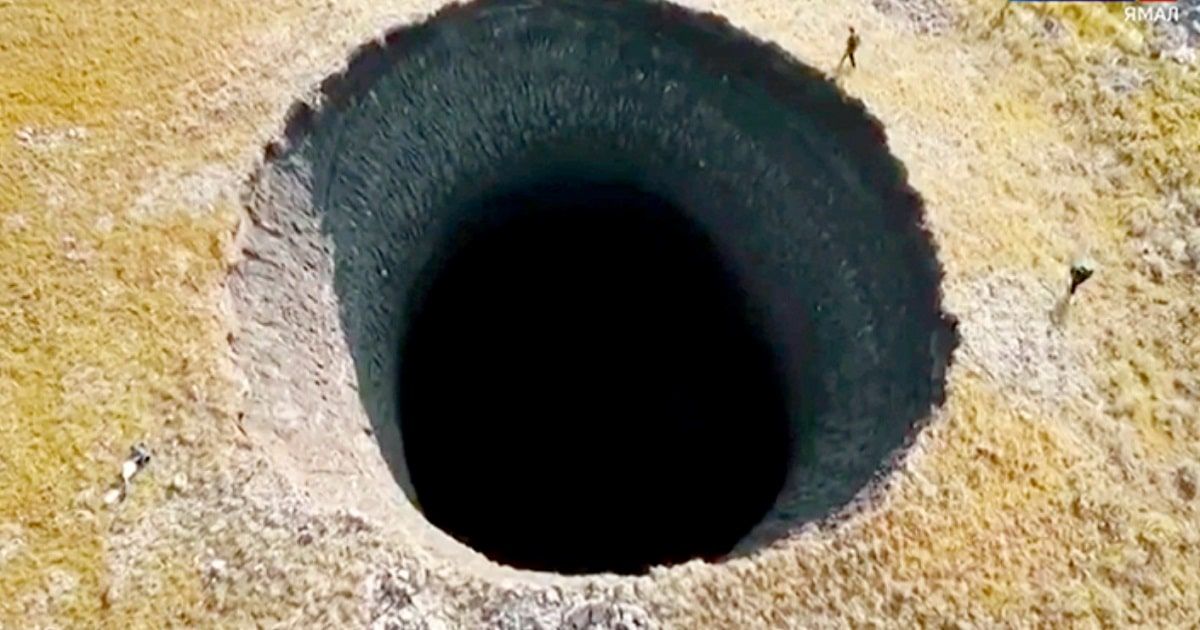
In times of constant struggle for customers, manufacturers use various tricks to gain our interest. Ultimately, it ends with the fact that in the field we are left to rely only on ourselves and our skills as well as the knowledge and help of friends.
Depth is only one piece of the puzzle, and the real problem is iron, and, like a metal detector, can see other objects we desire through it. Masking with iron or other conductors is essential, we put the depth in the background, because in extreme conditions it is of secondary importance, when the signal of the nail covers the coin. For this reason, not every detector is suitable for working in such conditions. Most of the equipment drastically loses performance and in places of old settlements, it simply stops working. What is on the surface is not a major problem, unfortunately, objects located deeper and 5-10 cm in extreme conditions are completely invisible. By adding high mineralization of the soil and iron in the form of forged, rusty nails, sediment left after their decomposition, and modern garbage, we reach the limited state of metal detectors. It is possible that these are extreme situations that most of you will not experience, but I and my friends have come to work in such conditions. I do not consider this a disadvantage at all, because such a forge of skills is much more than a test track set up for video tests. There’s no rebate here, we don’t know how to overlap the target, and the muscle memory effect doesn’t work.
Many years ago at the Detectival rally in the UK, Garry the face of XP Metal Detectors showed me the difference between an HF (high frequency) probe – the popular ellipse for DEUSA, and a regular probe. It was a dazzle. Thin gold hammered coins and small medieval silver coins were apparently absent from the low-frequency probe, and when we add iron to the mix, we have the answer! Sometime later I managed to check it from the practical side. As we know, higher frequencies are more “tuned” to iron. They can respond to them with much better speed. Higher frequency (general) allows for better iron ID identification…with slightly less color distortion!
Higher frequencies can detect low conductors with better speed/efficiency and ease. (If the silver coin’s ID is downgraded to the foil ID range…. due to nails nearby… higher frequencies will help to “see” the foil). Higher frequencies are attenuated to a lesser extent by ground mineralization. Lower frequencies, on the other hand, correspond less with iron. It is harder for them to detect iron and will “ghost” to a greater extent, they are more attuned to higher conductors. A smaller probe reaches a shallower depth; but…. it may have a longer range… due to its ability to “see between” targets better.
For this reason, we return to the old and good proven equipment, which is the XP Deus with the HF probe. For all other conditions, HF may not be a perfect solution!




